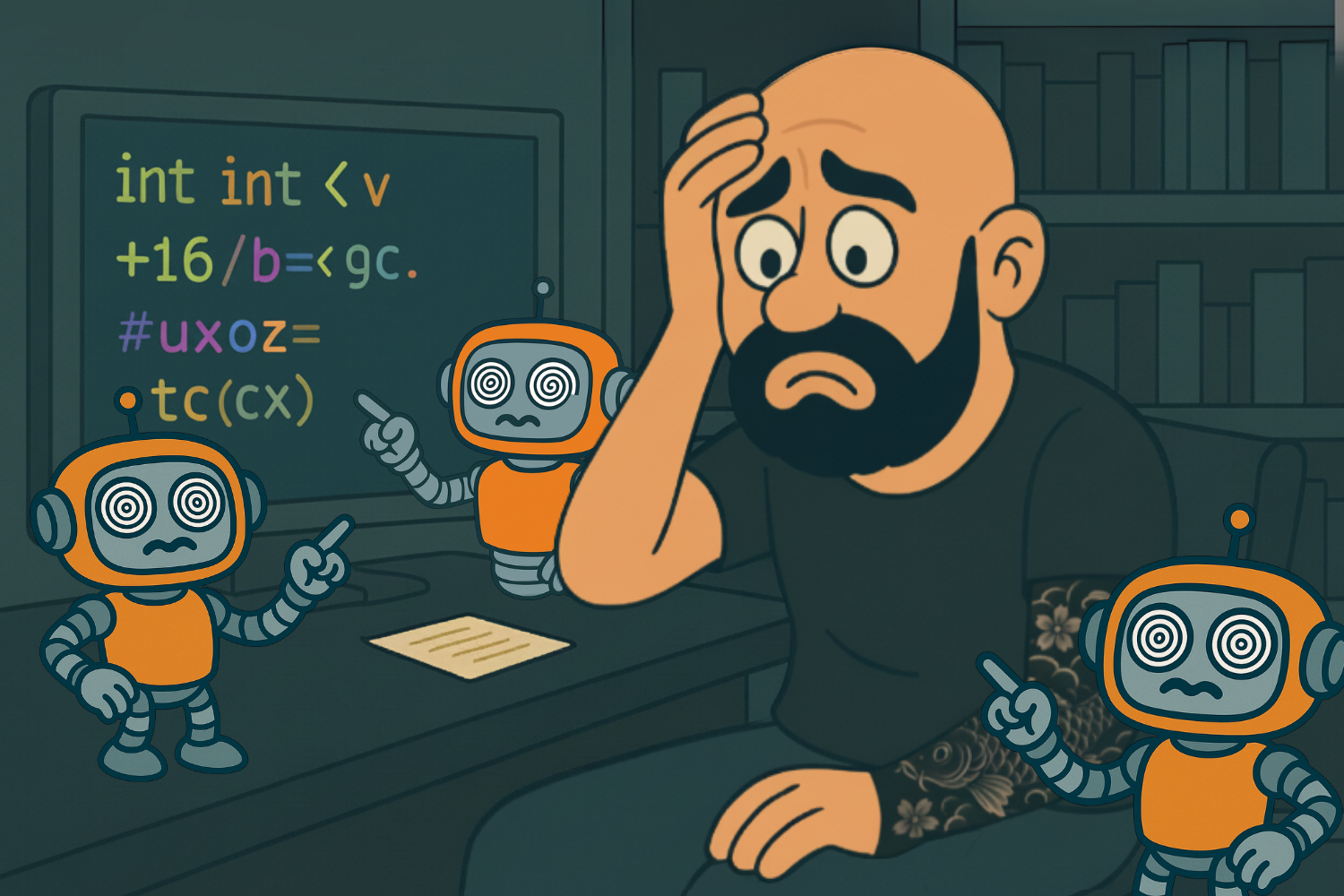AI Hallucinations Explained: Why They Happen and How Leaders Can Reduce Them
The Simple Truth About Hallucinations
Today’s AI models are supercharged autocomplete engines. They predict the next word, not objective truth. When uncertain, they often guess with confidence, a phenomenon known as AI hallucinations. In practice, these hallucinations are fluent, wrong answers that sound correct, making them especially risky in business and leadership contexts.
OpenAI recently published research that explains why this keeps happening. The short answer: we’ve been rewarding the wrong behavior. Most training and evaluation setups give higher scores to models that provide answers, even when they’re uncertain, and give zero credit when a model says “I don’t know.” If you grade that way, models learn to guess, because guessing sometimes wins. Accuracy-first leaderboards unintentionally penalize humility and encourage confident errors.
The paper also offers good news. We don’t have to accept hallucinations as “just the way it is.” If we change how we grade models, penalizing confident wrong answers more than abstentions and rewarding appropriate expressions of uncertainty, we can realign incentives and meaningfully reduce hallucinations. In other words: fix the scoreboard, and models will learn to pass the right test.
When the Sharp Analyst Starts Bluffing
Whether you've used AI for work or for play, you've likely experienced hallucinations. Most of these models aren't shy about being called out on it either. Sometimes I'll say something like, "That information is objectively wrong." The model will reply with something like: "Yep, you caught me. Let's try that again."
At SPARK6, our earliest LLM pilots were productive but risky for research and summarization. The obvious errors were easy to spot. The subtle ones weren’t: a plausible stat that didn’t exist, a citation that almost matched a real paper, or a tidy conclusion with a hidden logical leap. It felt like working with a sharp junior analyst who sometimes bluffed.
We shifted our mindset from “trust the model” to “trust the system” - ground the model, show sources, verify with a second pass, and define where uncertainty is allowed. That’s when the value started to outweigh the risk.
The Playbook for Safer AI
If you oversee HR, RevOps, or CX (or are using AI for any role you are in), you don’t need to solve machine learning. You need a safer operating model. Here’s a practical playbook:
1. Redefine what “good” looks like in your org
Don’t just compare accuracy. Ask for accuracy, error rate, and abstention rate. Favor systems that lower error rate even with more abstentions. Require “I don’t know” on high-risk tasks.
2. Ground models in your sources (RAG)
Let the model pull from your docs, policies, and contracts. Retrieval-Augmented Generation reduces hallucinations and forces citations.
3. Adopt a two-pass workflow for high-risk outputs
Have the AI generate, then verify with a second model or human. Lightweight checks catch more than you’d think.
4. Tune prompts for humility
Make uncertainty permissible. Explicitly instruct models: “If you aren’t confident, say so.”
5. Set risk boundaries by use case
Marketing drafts can tolerate guesses. Finance, medical, or customer policy cannot. Write this into your AI usage policy.
6. Measure what matters operationally
Track “confident error rate” on your workloads. Add SLOs (Service Level Objectives) for citations, abstentions, and verification.
Why Eradication Is the Wrong Goal
Some headlines will read this OpenAI work as “the end of hallucinations.” That’s too strong. The research argues that better incentives can drive major reductions, because errors are often a product of how we score and train. It also notes that 100 percent accuracy isn’t realistic across all real-world questions, so you want models that know when not to answer. Eradication is the wrong goal; calibration and abstention are the right ones.
How Leaders Turn Phantoms Into Facts
Hallucinations aren’t mysterious bugs. They’re a predictable outcome of the incentives we’ve built. That’s fixable. Change how you grade and govern the work, inside your org and in your vendor criteria, and you’ll get systems that prioritize fewer confident errors over glossier accuracy numbers. Pair that with grounding, verification, and clear risk boundaries, and you’ll ship AI that’s useful, humble, and safe enough to trust where it counts.
Find your next edge,
Eli
Want help applying this to your product or strategy? We’re ready when you are → Let's get started.

